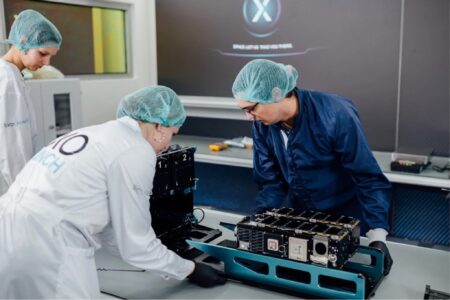New York. NASA’s CubeSat Radio Interferometry Experiment (Curie) was launched on Tuesday to search for sources of radio waves coming from the planet.
Curie was launched by the European Space Agency’s (ESA) Ariane-6 rocket from the Guyana Space Center in Kourou. The rocket will fly at a height of 360 miles (about 580 kilometers) above the surface of the earth. The Radio Interferometry Experiment mission aims to study the emission of radio waves from solar eruptions.
ESA said it was its first mission to measure radio waves in the 0.1-19 MHz frequency range from Curie space, designed by a team from the University of California, Berkeley. This kind of research can be done only from space.
During his research on solar radio waves, Curie will use a technique called low frequency radio interferometry. This technology was never used in space before. It will orbit the Earth at a distance of about two miles’, NASA has mentioned. This experiment will try to find where those radio waves are coming from. Agency

